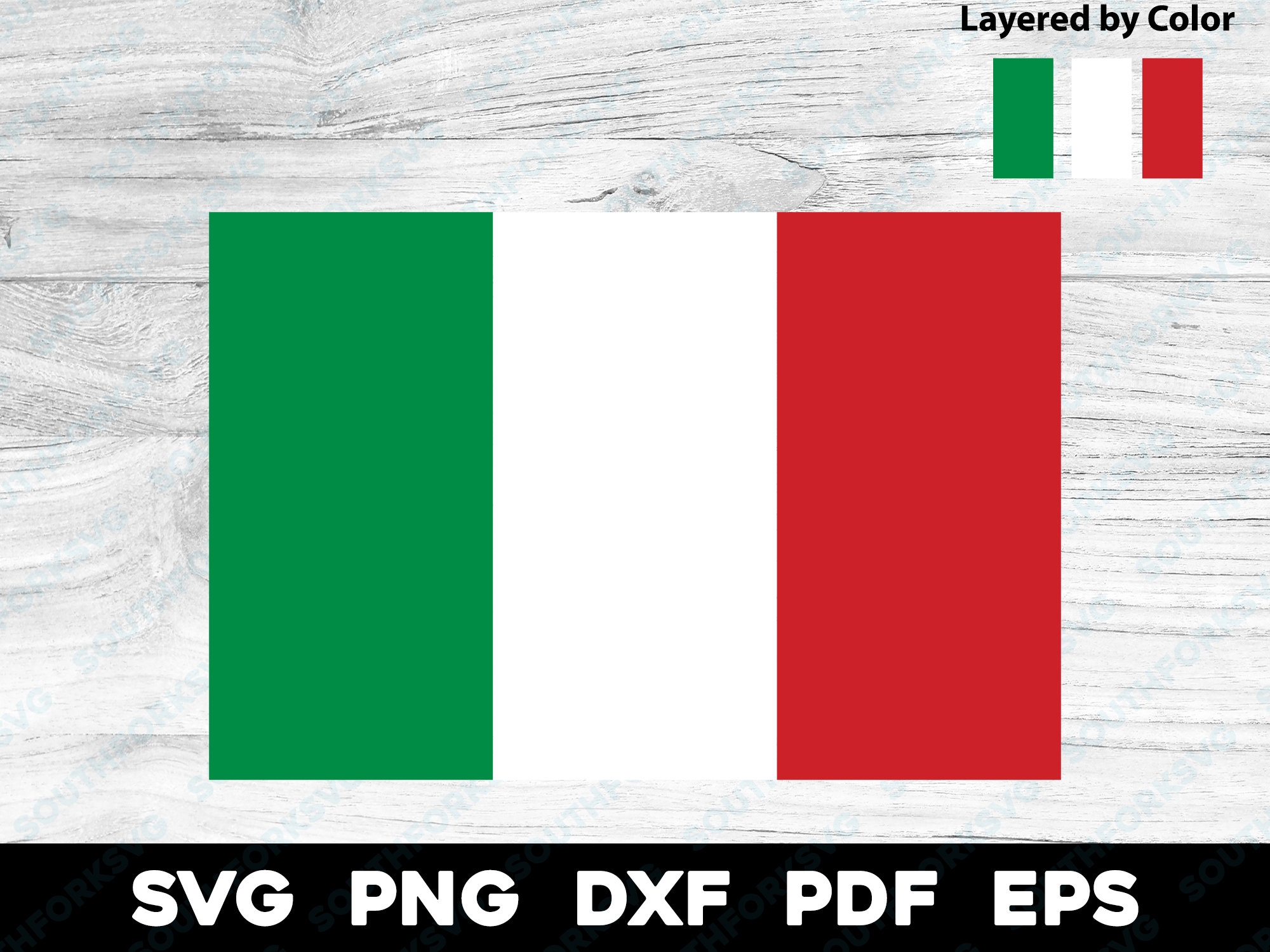Italy is known for its rich history, culture, and of course, its iconic flag. The Italian flag, also known as il Tricolore in Italian, is a symbol of the country’s unity and independence. The three colors of the flag hold deep significance and represent the values and history of Italy.
The flag of Italy consists of three vertical stripes of equal width – green on the hoist side, white in the middle, and red on the fly side. These colors are not just random choices, but each color has a specific meaning and represents different aspects of Italian identity.
Italian Flag Colors
Green: The green color on the Italian flag represents hope, joy, and prosperity. It is also said to symbolize the lush landscape and natural beauty of Italy. Green is a color often associated with growth and renewal, reflecting Italy’s desire for a bright future.
White: The white color in the center of the flag symbolizes peace, purity, and faith. It is a color often associated with innocence and spirituality. The white stripe on the Italian flag represents the importance of unity and harmony among the people of Italy.
Red: The red color on the Italian flag represents strength, courage, and passion. It is a color often associated with love and vitality. Red is also a symbol of the blood shed by those who fought for Italy’s independence and unity. The red stripe on the flag serves as a reminder of the sacrifices made for the country.
The combination of these three colors on the Italian flag is a powerful symbol of the country’s history, values, and aspirations. The flag serves as a reminder of Italy’s rich cultural heritage and the resilience of its people.
In conclusion, the colors of the Italian flag – green, white, and red – hold deep significance and represent the values that are cherished by the people of Italy. The flag is not just a piece of cloth, but a symbol of unity, hope, and pride for the nation. It is a reminder of the country’s past struggles and victories, as well as a beacon of hope for the future.
